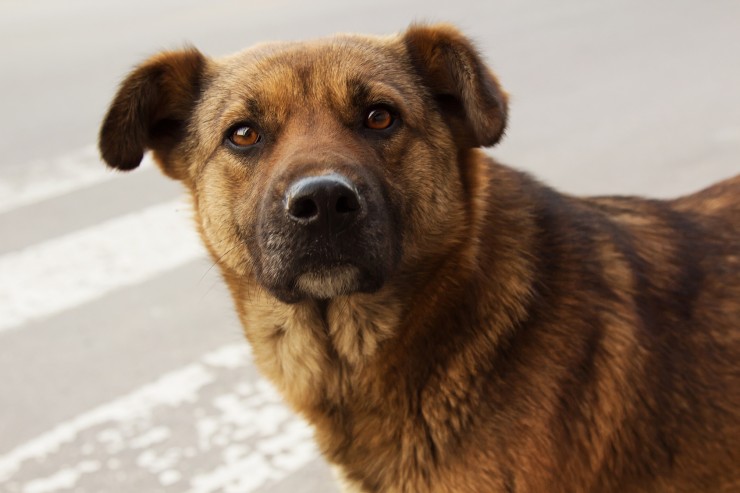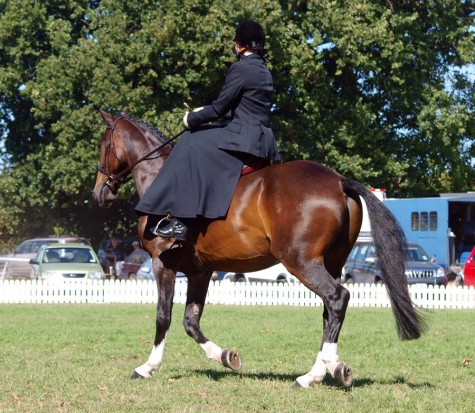Diabetes in Cats
Diabetes mellitus ("sugar" diabetes) is a complex and common endocrine disorder in the cat. It is caused either by insufficient production of the hormone, insulin, by the pancreas (type 1 diabetes) or by inadequate response of the body's cells to insulin (type 2 diabetes).
Because diabetic cats are not able to utilize glucose properly, they ultimately develop hyperglycemia (high blood sugar levels) and subsequent glucosuria (sugar in the urine).
The glucosuria leads to polyuria (excessive urination) and polydipsia (excessive thirst). In spite of maintaining a good appetite, diabetic cats lose weight because the body's tissues are unable to utilize glucose properly.
Progression of the disease ultimately leads to further metabolic disturbances and causes vomiting, loss of appetite, weakness, and dehydration.
Although affecting cats of any breed, sex, or age, diabetes mellitus most often occurs in older, obese individuals; males are more commonly afflicted than females.
The exact cause of the disease in cats is not known, although genetic predisposition, obesity, pancreatic disease, hormonal imbalances, and certain medications have all been incriminated.
After a period of time, a small percentage of diabetic cats lose their requirement for specific therapy with either insulin or hypoglycemic medications.
Signs of Diabetes Mellitus
Polyuria, polydipsia, increased appetite, and weight loss are hallmark signs of diabetes mellitus in cats. In the earlier stages of the disease, cats remain active and alert with few other signs of disease. However as the disease progresses, poor skin and haircoat, liver disease, and secondary bacterial infections become more common.
An infrequent disorder called diabetic neuropathy may cause cats to become progressively weaker in the rear legs and assume a unique, plantigrade stance. A dangerous condition called ketoacidosis may develop in some cats. Signs of ketoacidosis include a loss of appetite, vomiting, diarrhea, lethargy, weakness, dehydration, and breathing abnormalities.
Without proper and prompt treatment, this condition ultimately proves fatal.
Diagnosis
Diabetes mellitus is diagnosed based on the cat's clinical signs, physical examination findings, laboratory test results, and the persistent presence of abnormally high amounts of sugar in the blood and urine.
Treatment
Proper treatment of diabetes mellitus is based on the severity of the disorder. Cats with ketoacidosis require intensive care.
Treatment includes fluid therapy to correct dehydration and electrolyte abnormalities, and short acting insulin. Diabetic cats that are not ill usually require insulin injections to be given once or twice daily under the skin, and a carefully controlled diet. As an alternative to insulin, treatment with an oral hypoglycemic drug (see below) may be attempted.
Insulin
Adequate control of most diabetic cats requires long- acting insulin injections to be given once or twice daily.
Each cat responds differently to insulin, so the proper choice of insulin type, dose, and frequency of administration needs to be individually determined.
Selection of the appropriate insulin type, dose, and frequency of administration for an individual diabetic cat is ideally based on 18- to 24-hour blood glucose profiles.
In order to perform a glucose profile, the cat is hospitalized, and following insulin administration, frequent determinations of blood glucose values are made throughout the day. The proper dose of insulin may change with time and may need to be adjusted based on blood glucose profiles, intermittent blood and urine sugar measurements, and response to therapy.
Overdosage of insulin causes hypoglycemia (low blood sugar). Signs of this potentially dangerous complication include weakness, listlessness, incoordination, convulsions and coma.
Left untreated, death may result. If hypoglycemia develops, the cat should immediately be offered its normal food if it is able to eat. Alternatively, a tablespoon of Karo syrup should be rubbed on the gums or, if the cat can swallow, given slowly by syringe into the mouth.
Never force fingers, food, or fluids into the mouth of a convulsing or comatose cat. Your veterinarian should be contacted immediately if your cat experiences an episode of hypoglycemia so that further treatment instructions can be given and a modification of insulin administration, if necessary, can be made.
Cats requiring excessively high insulin doses (greater than one to two units of insulin per pound per day) should be evaluated further. Other diseases may be underlying or complicating the diabetes mellitus and as a result, necessitate high insulin dosages.
Problems with insulin injection, poor absorption or too rapid metabolism of insulin, or even insulin overdose are potential causes of an apparently excessive insulin requirement.
Oral Hypoglycemic Medications
Healthy diabetic cats can sometimes be successfully treated with a hypoglycemic medication, glipizide. Glipizide acts by lowering blood glucose, but unlike insulin, it is given orally. Adverse side effects are not common but include vomiting, loss of appetite, and liver damage. If hyperglycemia persists after one or two months of therapy, or if the cat becomes ill or ketoacidotic, glipizide therapy should be discontinued and insulin therapy instituted.
Diet
Obese diabetic cats should lose weight gradually, with no more than 3 percent of their body weight lost per week. Your veterinarian will help in tailoring a safe weight-loss program for your cat. High fiber, high complex carbohydrate diets are useful, not only by assisting in weight loss, but by helping to control blood glucose levels after eating.
Underweight diabetic cats should be fed a high fiber diet only after reaching their ideal body weight after being fed a high calorie diet.
Cats receiving insulin once daily should be fed half the daily food requirement at the time of the injection and the remaining half at the time of peak insulin activity (as determined by a blood glucose profile).
If receiving twice daily insulin injections, cats should be fed half the daily ration at each administration. Cats receiving oral hypoglycemic medication should be fed a high fiber diet, but ideally as multiple small meals consumed throughout the day.
Home Care
Topics to be thoroughly discussed with your veterinarian include:
Insulin storage and handling Insulin administration Signs and treatment of hypoglycemia Diet Monitoring at home Prognosis
Managing a diabetic cat requires good communication between you and your veterinarian. A diabetic cat may live many healthy years with owners who are willing to put forth the effort of monitoring the cat's condition daily.
Cats tend to be difficult to maintain on the same regimen for long periods of time, and increases or decreases may need to be made in drug dosages.
Prepared by the American Association of Feline Practitioners and the Cornell Feline Health Center, Cornell University, College of Veterinary Medicine, Ithaca, New York 14853-6401.
The ultimate purpose of the Feline Health Center is to improve the health of cats by developing methods to prevent or cure feline diseases and by providing continuing education to veterinarians and cat owners. Much of that work is made possible by the financial support of friends. ©1996 by Cornell University. All rights reserved. Cornell University is an equal opportunity, affirmative action educator and employer.
http://www.eliminatecatodour.com

 Extraordinary Colours & Characteristics Of The Arabian Horse
Extraordinary Col
Extraordinary Colours & Characteristics Of The Arabian Horse
Extraordinary Col
 What Dog Shelter Adoption Fees Cover, And Why They Are Charged
What Dog Shelter
What Dog Shelter Adoption Fees Cover, And Why They Are Charged
What Dog Shelter
 4 Gorgeous Breeds Of Curly Coated Dogs
4 Gorgeous Breeds
4 Gorgeous Breeds Of Curly Coated Dogs
4 Gorgeous Breeds
 Are Border Collies Good Family Dogs?
Are Border Collie
Are Border Collies Good Family Dogs?
Are Border Collie
 Introduction To Side Saddle Riding
Introduction To S
Introduction To Side Saddle Riding
Introduction To S